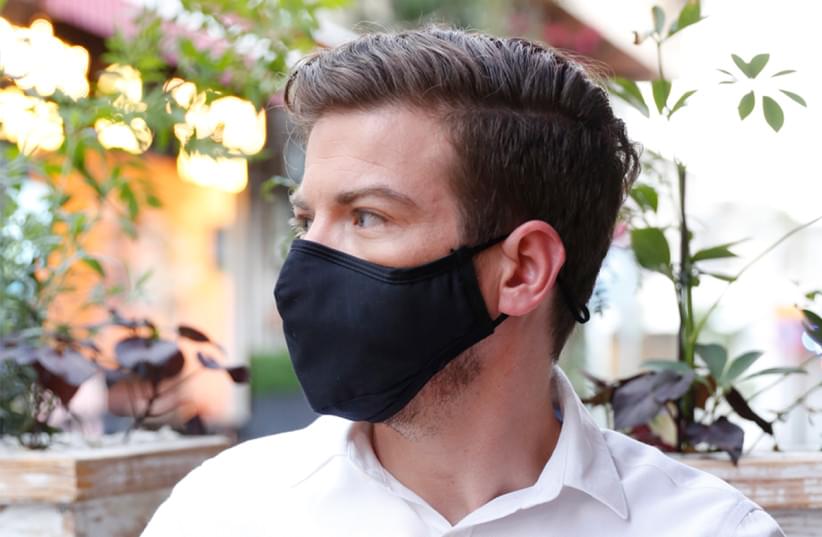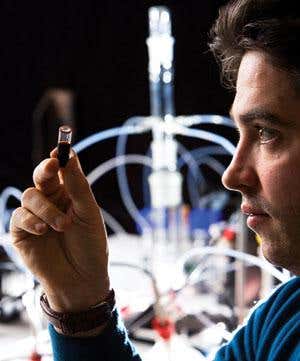The Israeli mask company Sonovia has released a report from a leading Italian textile-testing laboratory showing that its fabric eliminates the COVID-19 Delta variant particles with over 99.95% effectiveness.
The lab is next expected to test the fabric against the MU strain, which carries several mutations to the spike gene, and is labeled a “variant of interest” by the World Health Organization, said Sonovia Chief Technology Officer Liat Goldhammer-Steinberg.
The MU strain has not yet entered Israel, according to any official reports, but Health Ministry officials have warned of its potential negative impact.
VisMederi is a commercial research laboratory located in Italy. It says on its website that the company “currently receives orders worldwide in the field of vaccines, where it conducts analytical testing of biological samples and validation of bioanalytical methods for the pharmaceutical industry.”





